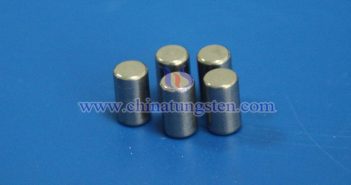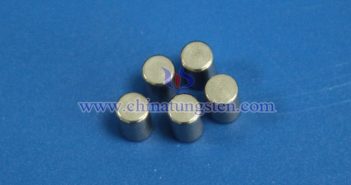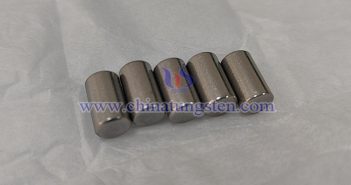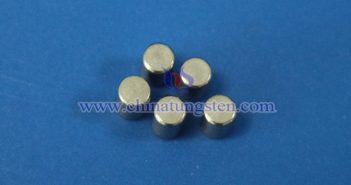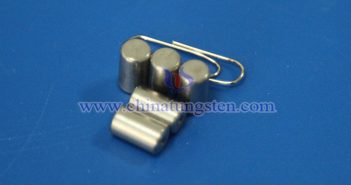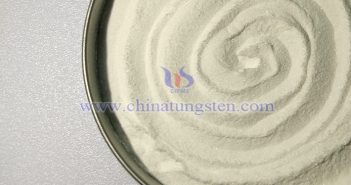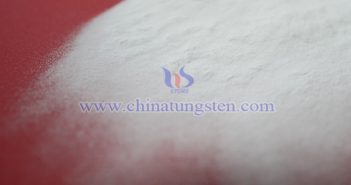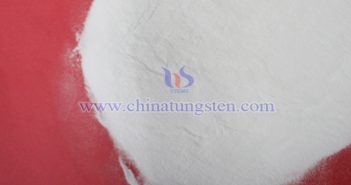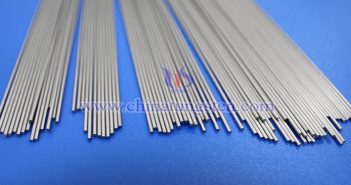
To improve the thermal fatigue performance of barium tungsten electrodes, multi-scale coordinated optimization is required: regulating the composition from the atomic scale, designing the strengthening phase at the microscale, and optimizing the geometry at the macroscale to reduce stress concentration. The factors affecting the thermal fatigue performance of barium tungsten electrodes can be summarized into the following key aspects: 1. Material Composition and Microstructure Composition Regulation: The content of barium directly affects the electron emission performance and structural stability. Excessive…

